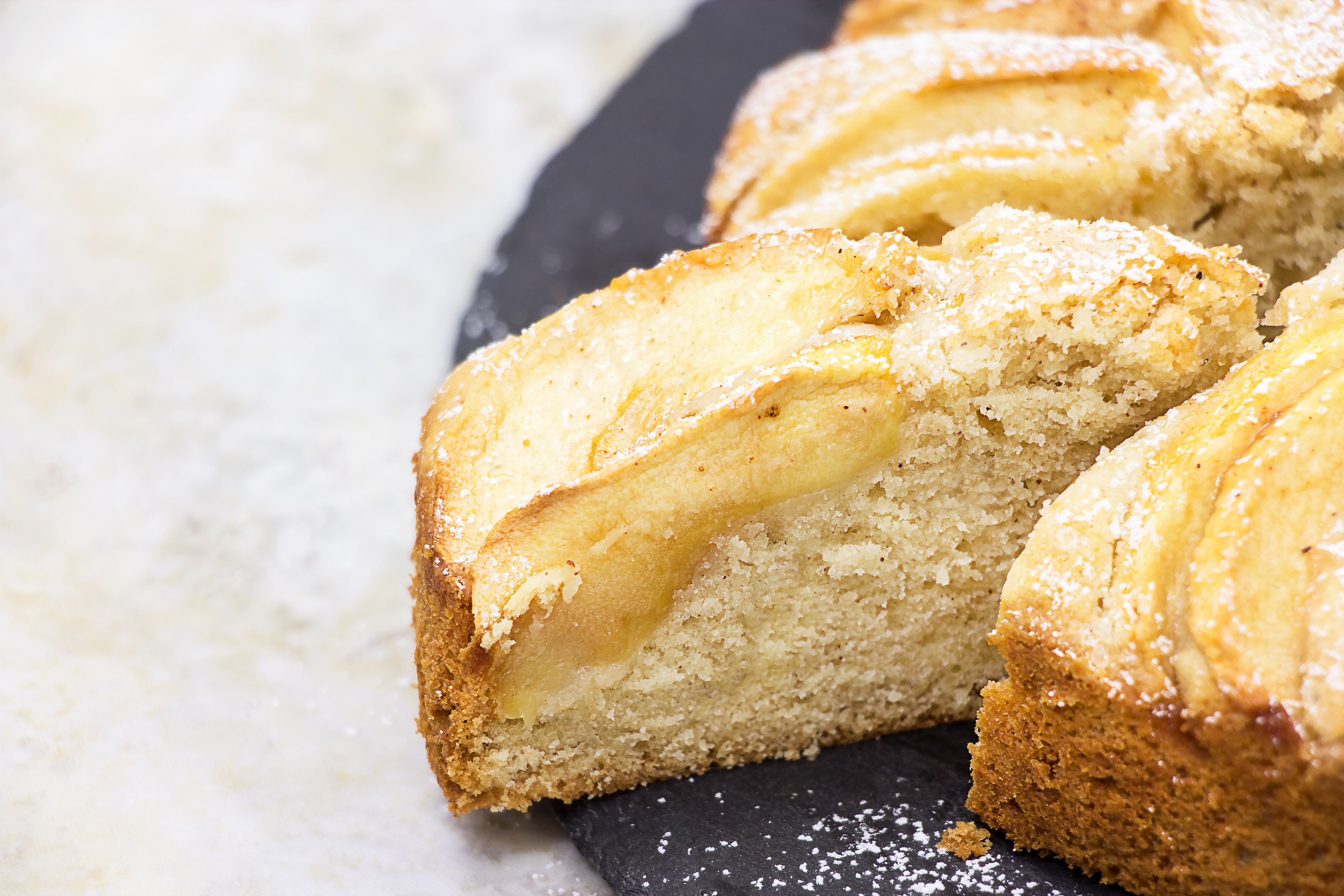£0.00 (0) View Basket Checkout
There is nothing quite like that first wonderful bite into a piece of real Scottish shortbread… creamy and indulgent, full of nostalgia, it’s a crumbly treat that takes a lot of beating. We all love shortbread, but did you know what its history is? It’s certainly an interesting story.
The History of Shortbread
Unlike much of the rest of Great Britain, Scottish cuisine didn’t receive much – if any – influence from the Romans because they never managed to get far enough into Scotland to many any difference to the food there. What really had a big impact on Scottish food was France, thanks to the court of Mary Queen of Scots. There were many French people in that court, and they brought their more interesting, more tasteful food to the country; it wasn’t long before it caught on.
It took time though. In fact, Scottish food traditions were still developing when Queen Victoria and Prince Albert bought Balmoral in the 19th century. They visited Scotland regularly, and they brought with them the rich, decadent foods of England which themselves had been influenced by not only the Romans, but many cultures across Europe and further afield such as India.
Shortbread, however, has always been a staple of Scottish food, and dates back to medieval times when it was known as ‘biscuit bread’. There was no wastage in those times; ingredients were expensive and food could be scarce, especially for the peasants. Therefore, any dough that was left over when bread was made was put into an oven to be dried out so that it hardened and became a type of rusk. Since ‘biscuit’ means ‘twice cooked’ the name was a descriptive one indeed.
Over time, the yeast in this dough was replaced by butter, which made the biscuit much more crumbly. It made it short. And there you have it; ‘short bread’ which became shortbread which is still enjoyed by many millions of people across the world.
Although originally made from leftovers, shortbread became a luxury, and because it was expensive it was reserved for special occasions. Weddings, New Year (it is still offered to first footers in Scotland) and, of course, Christmas, were all times when shortbread would be consumed.

This tangy, sweet, crumbly, crunchy biscuit is so moreish and so delicious that you’ll wonder how you ever managed in your life without it. It’s simple to make, too, which is always a bonus!
Ingredients for the shortbread crust:
115g unsalted butter
50g granulated sugar
1 tsp vanilla extract
¼ tsp salt
125g plain flour
Ingredients for the filling:
227g strawberry jam
12-16 fresh strawberries
Ingredients for the streusel:
40g rolled oats
70g muscovado sugar
¼ tsp ground cinnamon
30g plain flour
60g unsalted butter
Method:
1.Preheat your oven to 150oC and line a baking sheet with parchment paper.
2.Next you’ll want to make the shortbread for the crust. Melt the butter and mix it with the sugar, vanilla extract, and salt. Once that is stirred in add the flour and keep stirring until it’s all combined. Take the whole lot and smooth it out over the baking sheet so that it is level and takes up as much of the sheet as possible. Bake for 15 minutes.
3.When the shortbread is baked, remove from the oven and turn the temperature up to 180oC.
4.While the shortbread is still warm, cover it with strawberry jam (if you want to make it extra fancy you can use our wonderful Isabella’s Preserves Strawberry Jam with Pink Champagne) and then place the fresh strawberries evenly over the top. If you prefer to slice them so they look a little neater and have more coverage then go for it.
5.The next step is to make the streusel topping. Whisk together the oats, sugar, cinnamon, and flour.
6.Take your butter (which should be chilled and then cubed) and place it in a blender with the oat and sugar mix. Blitz it up until it looked like large crumbs. If you don’t have a blender you can use your hands.
7.Sprinkle the streusel over the shortbread and jam and bake for 30 minutes. When you take it out of the oven the topping should be brown and the jam should be bubbling.
8.Allow to cool and then slice into bars.
9.Eat and enjoy!
Extras
These streusel bars are wonderful, and will keep for up to a week in an airtight container. If you’re running short of time and you want to buy your shortbread in advance, our award-winning House of Edinburgh Handmade Shortbread will work brilliantly. You can even use it to make individual streusels rather than bars.
